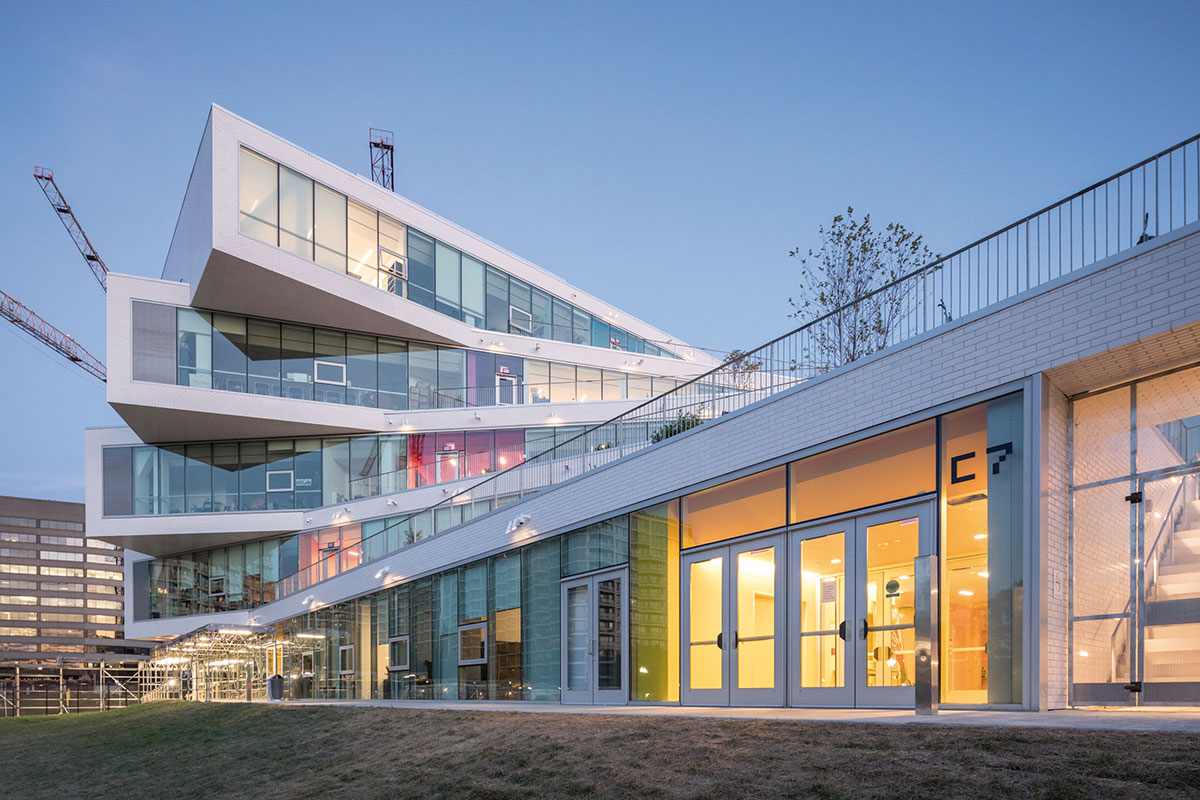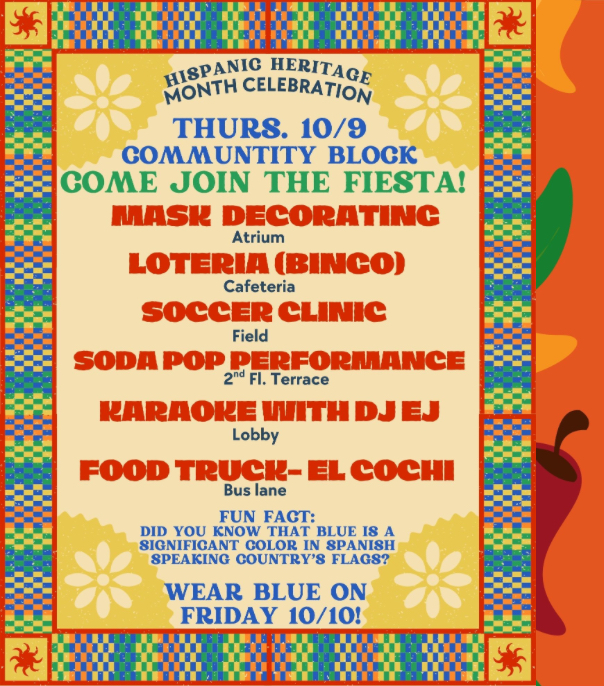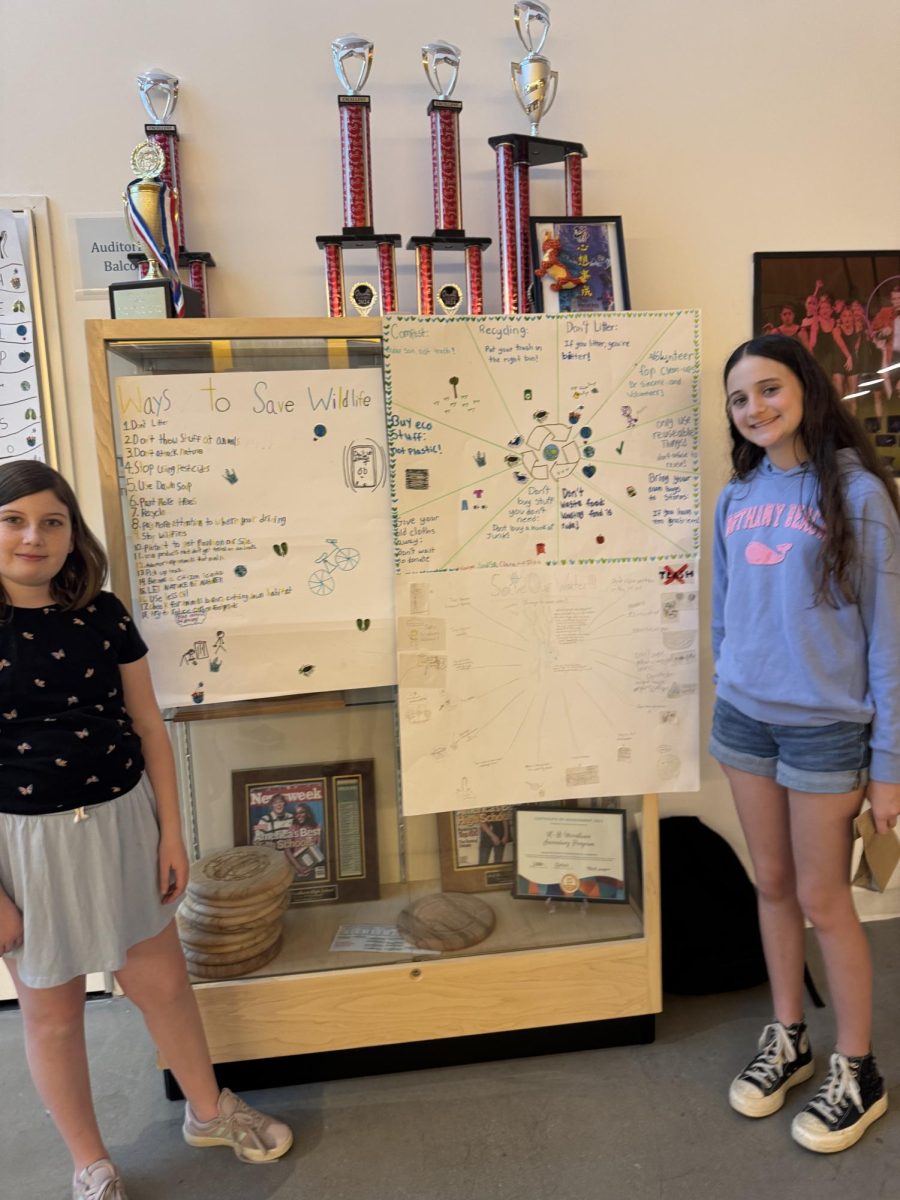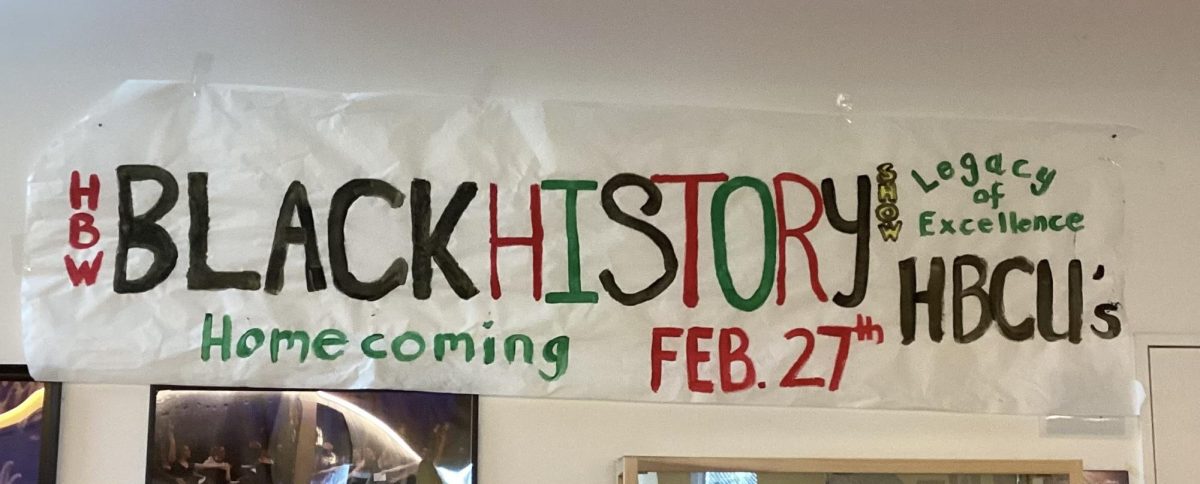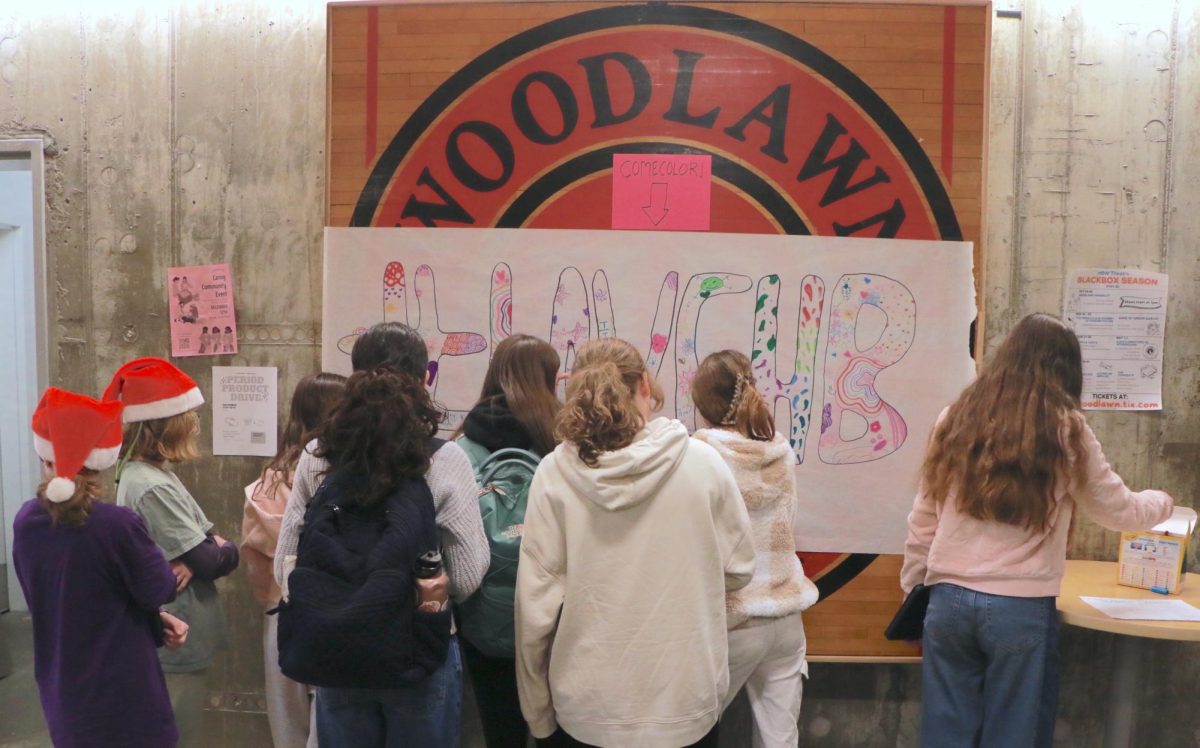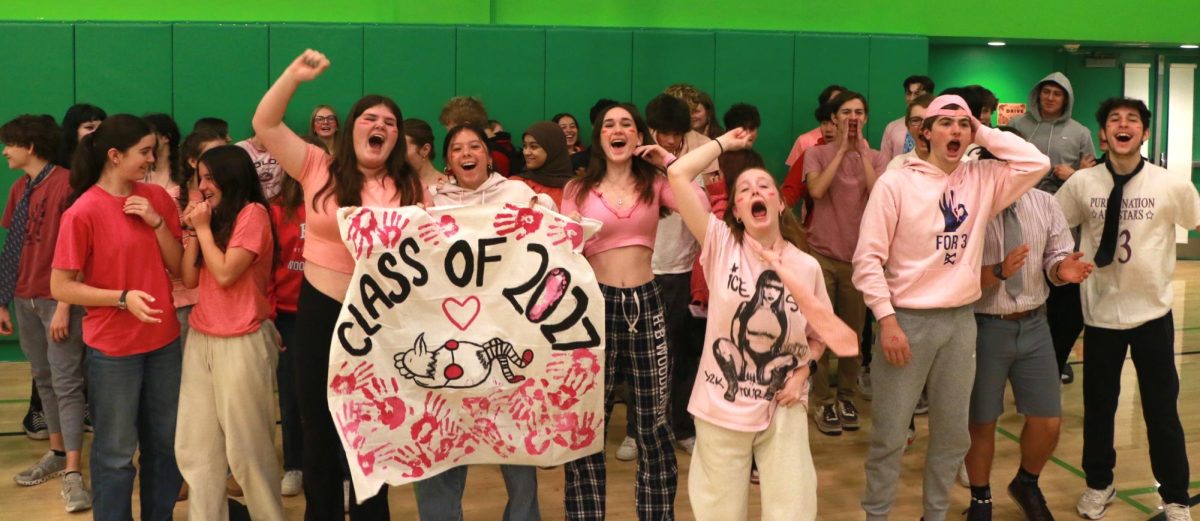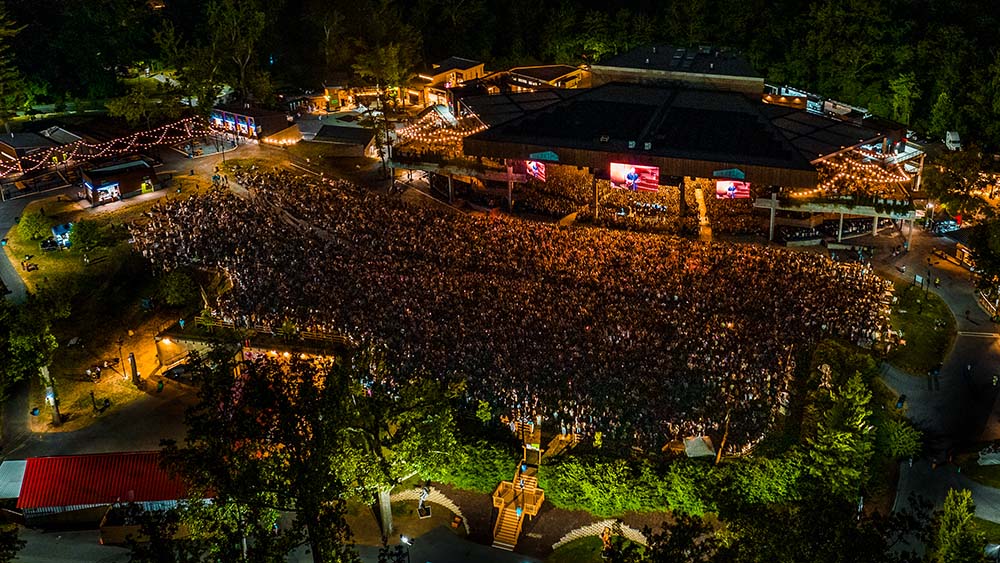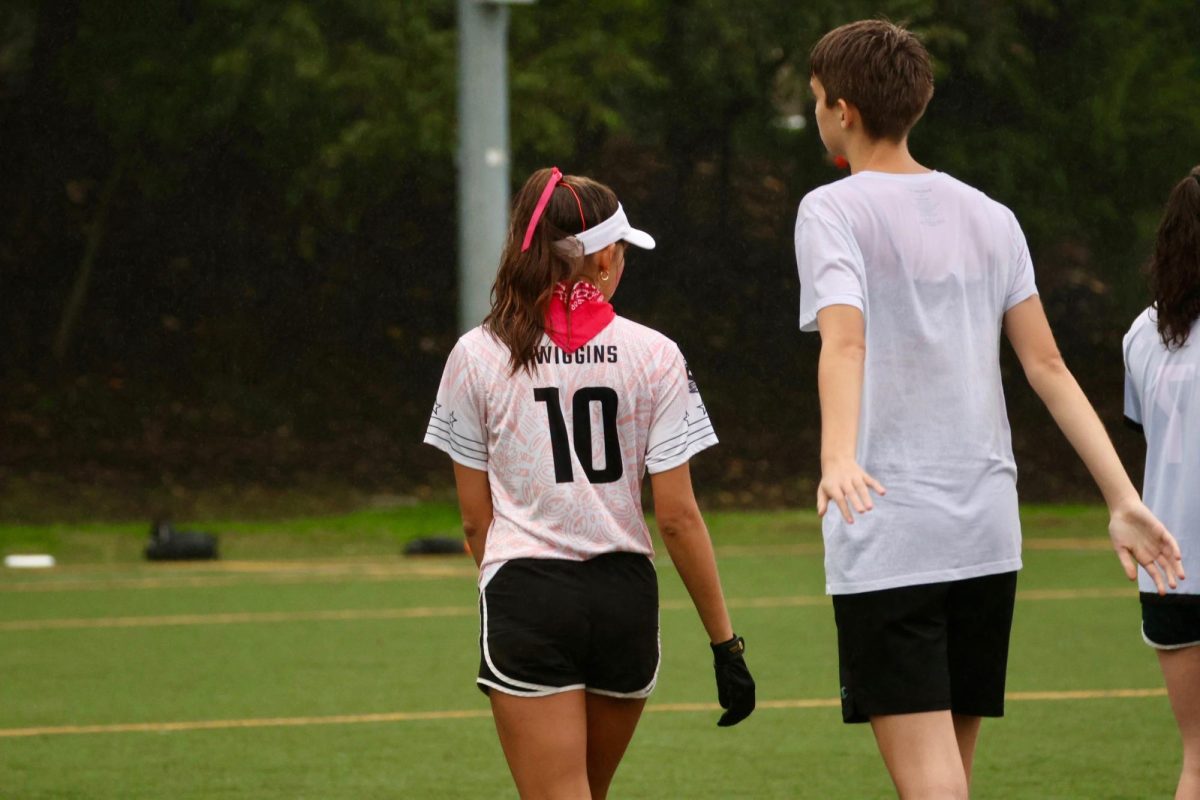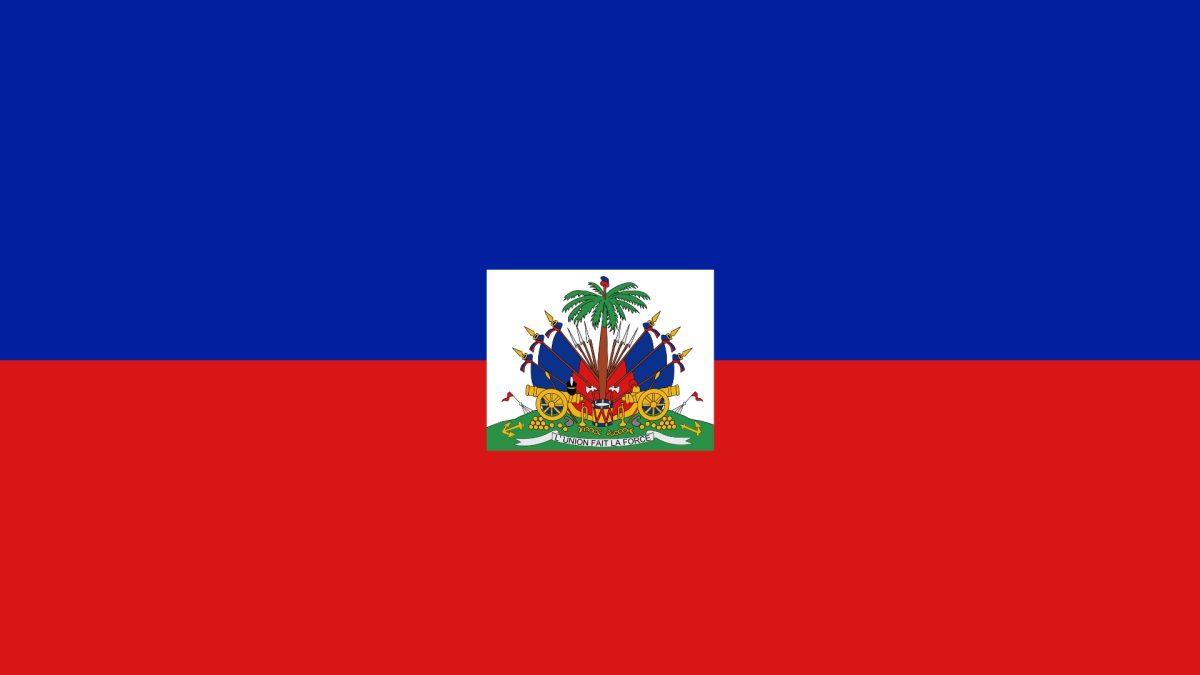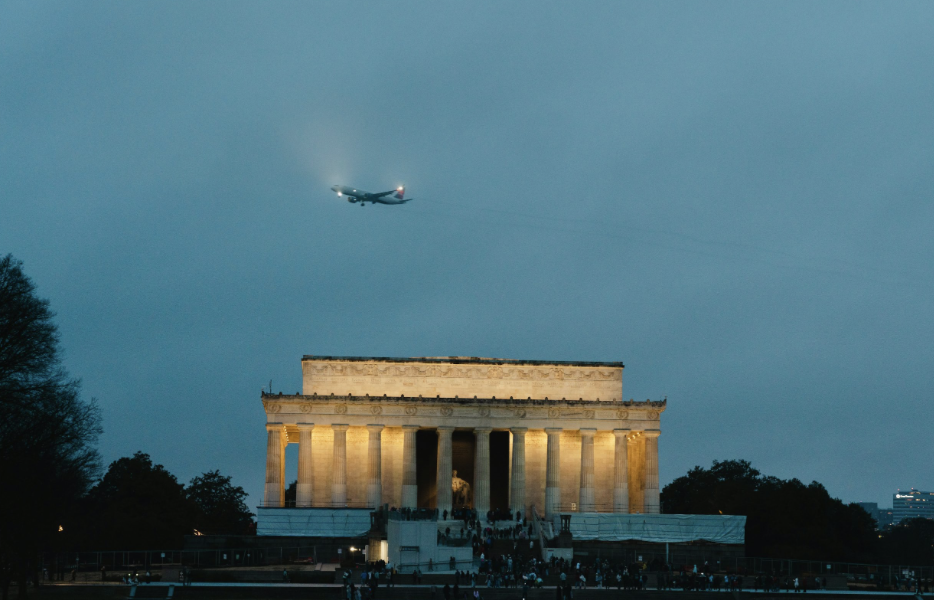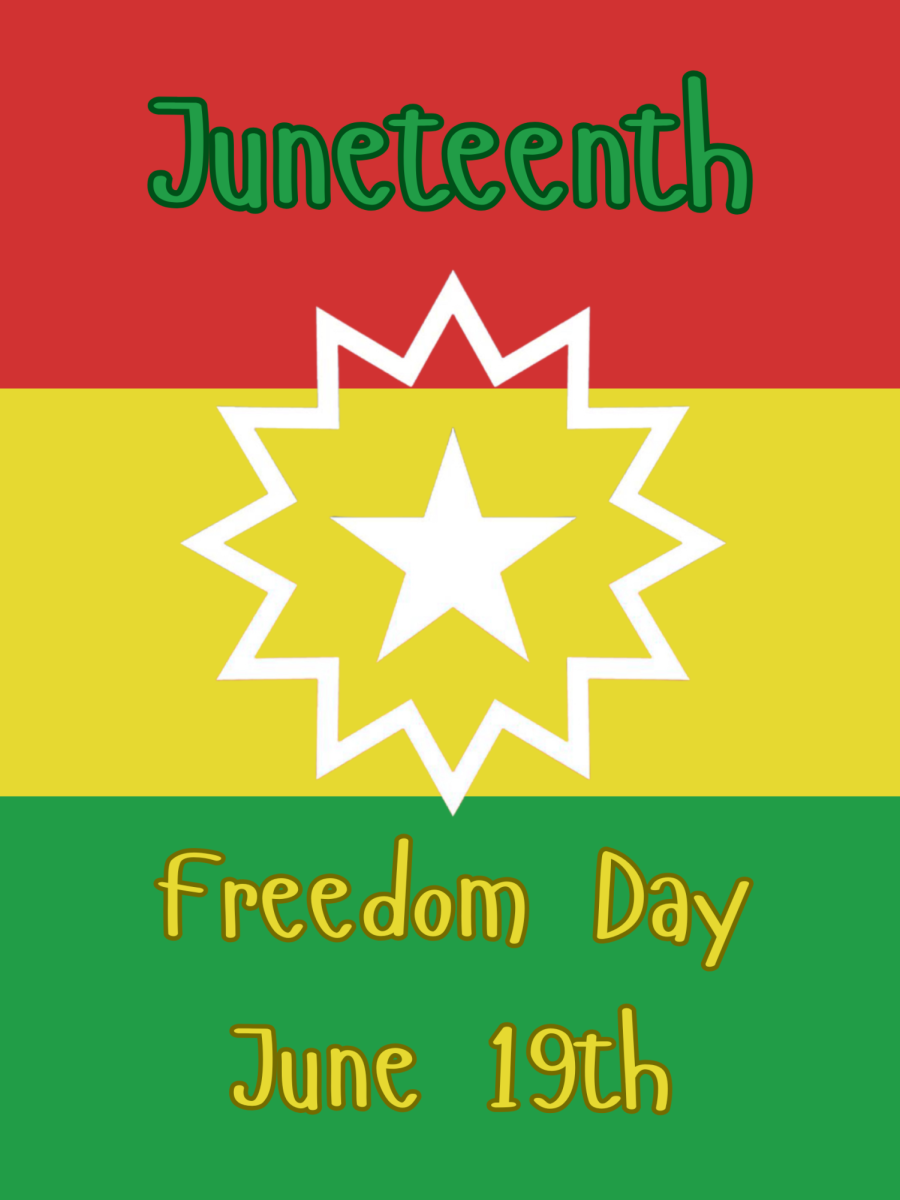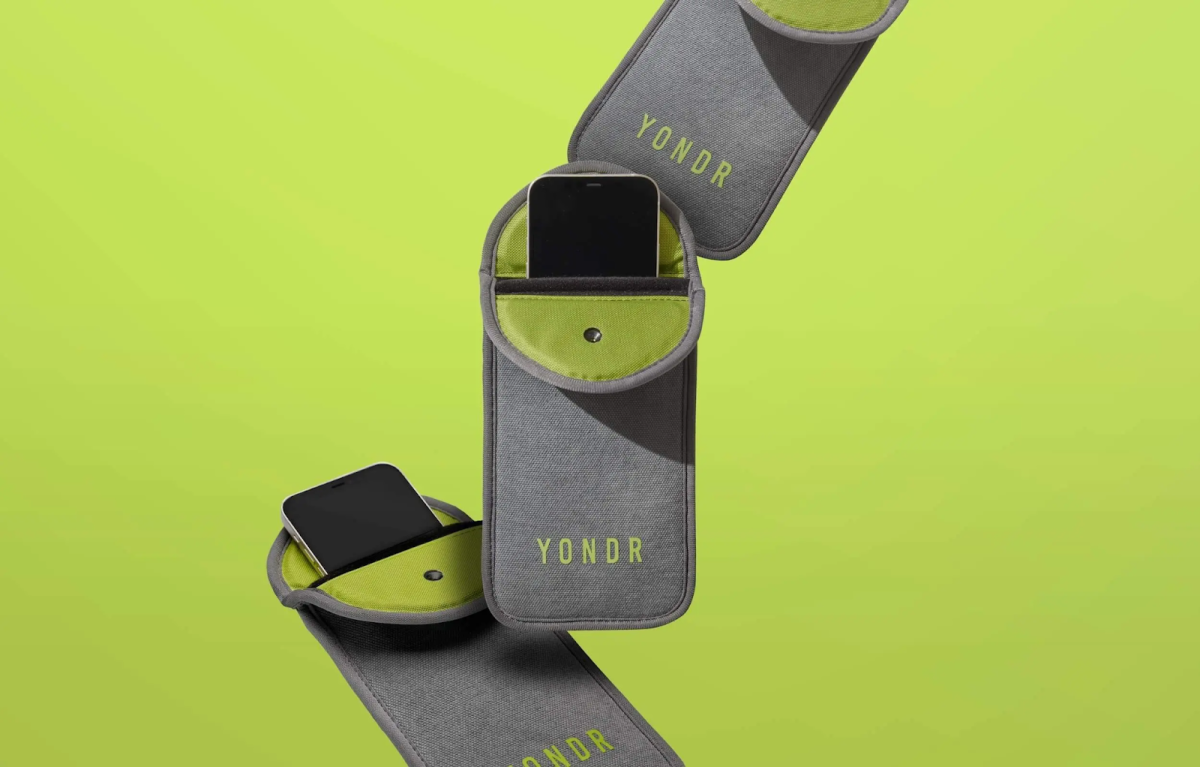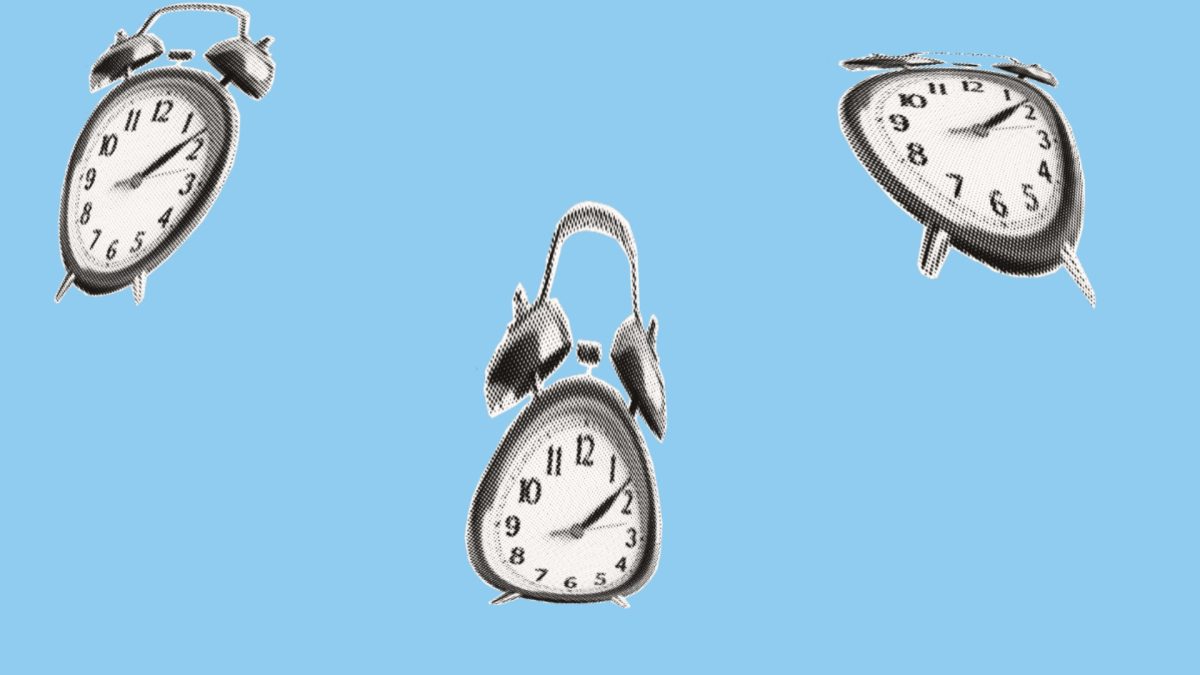A man walks through the ruins of a house in Port-au-Prince, Haiti. “We were sleeping. It was morning when we had the ambush, shooting, and fire. We had no choice but to flee. There were so many victims. People killed. They carried them out in wheelbarrows. People were hacked to death. Burning bodies in the street.” Rodrigue is a tailor and a former resident of the Delmas 30 neighborhood, an area that has recently been subject to brutal gang violence. Unfortunately, his story is far from unusual.
The U.N. estimates that 1.3 million Haitians have been displaced in the wake of an explosion of gang violence. Many are sheltering in schools, government buildings, and other places that lack basic services such as bathrooms and running water. 680,000 Haitian children were made to flee their communities in the face of escalating violence.
Gangs now control 85% of Haiti’s capital city, Port-au-Prince, their territory spreading day by day. Between October 1st, 2024, and June 30th, 2025, 1,018 people were killed, 213 injured, and 620 abducted in Artibonite, Centre, Ganthier, and Fonds Parisien, west of the Port-au-Prince metropolitan area. According to the United Nations, “Between October 2024 and June 2025, 4,864 people in Haiti have been killed by gang violence. At least hundreds more have been injured, kidnapped, raped and trafficked.”
Women and children often bear the brunt of gang violence. Sexual violence against children has increased 1,000% since 2023, with women being the most targeted group for sexual assault, rape, and gang rape. Many survivors live in overcrowded safe havens. Helen was 17 when she was captured, and she is now 19 years old and a single mother. “The gangs took over our neighborhood, and as we fled, they caught me.” She explains. “They raped and beat me. Sometimes, I think about ending it all. I always dreamed of going to school to learn something, to make something of myself. This baby may be the only one I have left.”
The illegal gun trade in Haiti is a major reason why gangs are so powerful. Haiti does not manufacture firearms, so most guns are imported from the United States. It is estimated that between 270,000 and 500,000 firearms are in circulation in Haiti. The New York Times states that “guns are purchased by straw buyers and smuggled into the country by sea or sometimes by land through the Dominican Republic. South Florida was the point of origin for 90 percent of Caribbean-bound shipments of illicit firearms reported between 2016 and 2023.”
Additionally, gangs often bribe police officers and ransack police stations to acquire guns. Haiti’s armed gang problem has grown so pervasive that gangs now outnumber and overpower the police. A report from the U.N. says that “the Haitian National Police and MSS have launched multiple operations to regain territory lost to the gangs. While some have been briefly successful, the operations have been unable to maintain a lasting presence or protect local communities.”
Over 200 years ago, the Haitian Revolution took place. A band of ragtag slaves came together to overthrow a military superpower. Against all odds, they succeeded. Time and time again, Haiti has rebelled against the cruelty and injustice oppressing them. Time and time again, Haiti has come out the other side bruised, battered, but free. Time and time again, Haiti has healed. This situation, however dire, is no different. Haiti can heal.
